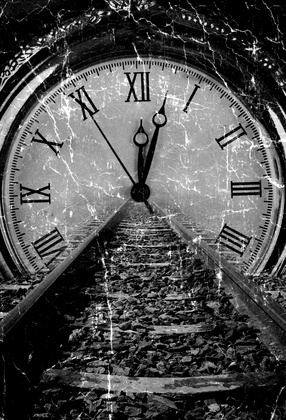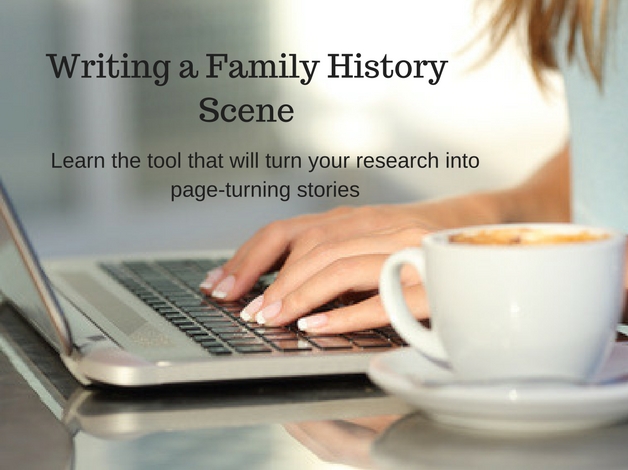Flashbacks are writing tools that allow the writer to give the reader a window into their past. They allow the writer to bring the past into the present. Family history writers often misuse flashbacks in conveying their story. They tend to use flashbacks as the story. However, flashbacks are not the story but a tool to help add another layer to their story. Flashbacks should not compete with the current story, or become the current story but enhance it. Flashbacks are also not back story but similar in that they allow writers to interrupt the current story to add explanation or answer a question. Let’s look at a few elements we can incorporate to effectively use flashbacks in our family history stories.
1. Find a trigger to ignite the flashback– Don’t jump into a flashback without a trigger. Your character must encounter something in their current story that triggers the memory, an external motivation that pushes your character into a past memory. The trigger signals to the reader that we are no longer in the present story. It also indicates to the reader that its content is important to the story.
2. Does it advance the story? Make sure the flashback adds value to the story. The flashback should be relevant and bring meaning to the story. It is not filler, don’t use it to fit in all that research you know about your ancestor. A flashback should always serve to advance the story, give perspective or answer a question within the present story.
3. Keep it Brief – Get to the key moment you want to convey to the reader. Don’t drag your readers through a long flashback scene when the important point is only a small fraction of the scene. If you find the flashback scene too extensive, maybe it’s time to consider whether it belongs within the greater frame of your story and not as a flashback.
4. Use in Moderation – Don’t use flashbacks unless you feel there is no other way to get an important piece of information conveyed. For new writer’s jumping back and forth in time is difficult to do effectively and can often leave your readers confused. It also can be a lazy way to write. If you’re continually looking to flashbacks to tell your story than it’s time to re-access your story line.
5. Find a trigger to bring the character back to the present. Make sure there is a trigger in the present that pulls the character out of the flashback and back into the present, cueing the reader that the story has returned to present. Without the cue, the reader may be left behind in the flashback. You want to make sure when you bring your story back to the present you are bringing the reader with you as well.



